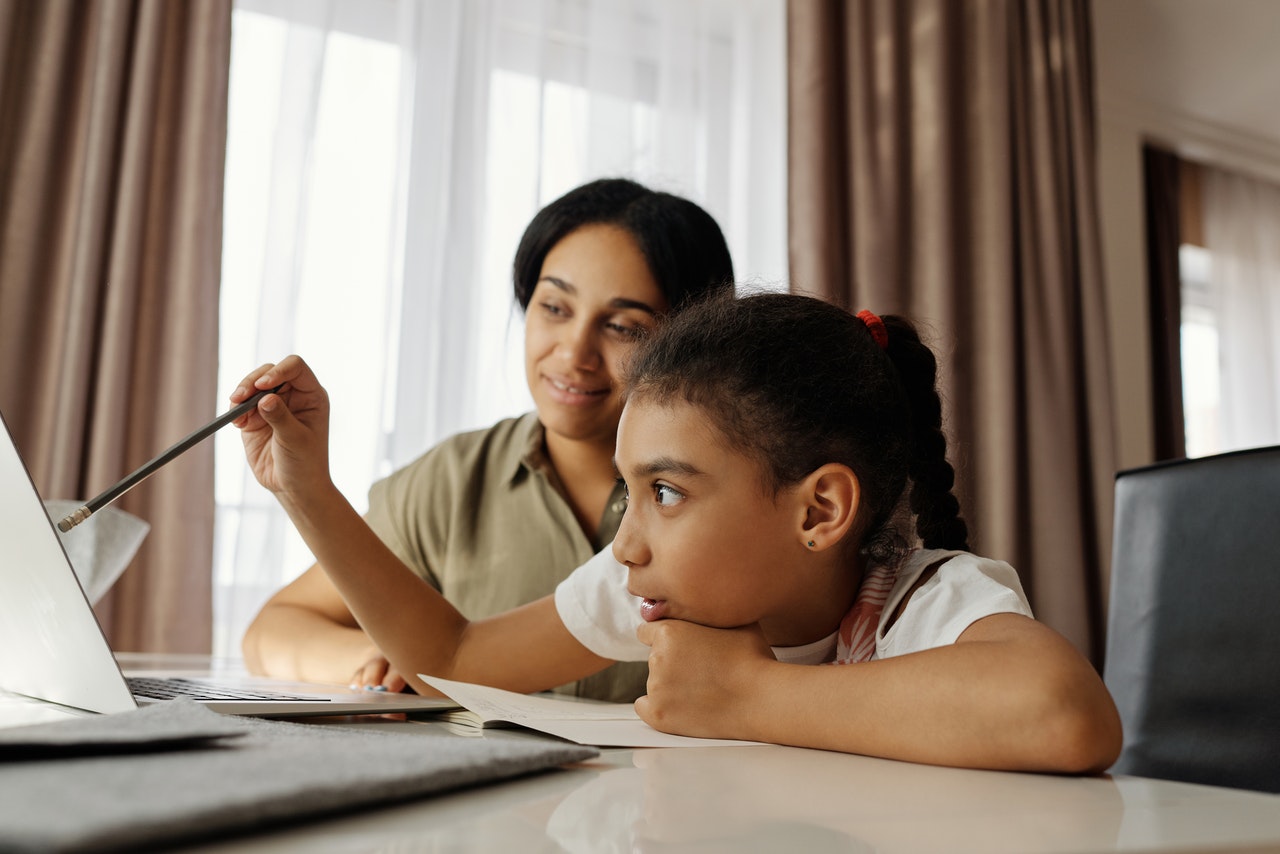How To Improve Live Online Classes and Other Tips

The early approaches to online classes were typically just a copy of traditional classroom teaching captured on video, but technology has allowed us to shift our thinking. There are now multiple solutions to online teaching that each offer unique perspectives.
Some things do stay the same, though – fundamentally effective teaching is about establishing relationships. It relies on understanding, acknowledging, and addressing every aspect of the learner as an individual. How do we follow through on all of that in the “new normal”?
Tip #1 – Seek out ways to connect
Perhaps the most obvious danger of remote learning is the potential for disconnection. The subtle cues one gets in the classroom aren’t available online. You may not notice that a learner is falling behind or is more distracted than usual.
Children will only ask for help from someone they know they can trust. Relationships between teachers and students rely on each party getting to know the other. That doesn’t happen easily during an online class where there is specific content to be covered.
In 2016, long before the current pandemic, Professor Jason Dockter addressed this “presence” problem in distance learning. He recommended providing different and frequent opportunities for communication between teachers and students.
Free-format discussion groups, games, and private one-on-ones are a few examples of how to “mix things up.” However, be mindful of teacher-student relationship sensitivities and endeavor to maintain appropriate boundaries.
Tip #2 – Be prepared
Take time to prepare for your online classes. You may know the content backward, but if you’re fumbling to find files or figure out how to display slides, your students will interpret it as a lack of care and respect for them.
If you are working within a Learning Management System (LMS) like Pedagogue, take the time to learn the features to make the best use of it. If you are organized and relaxed, your students will be encouraged to follow your lead. If they see you are stressed, they will internalize it and demonstrate resistance to the platform.
Tip #3 – Respond to student feedback
Online teaching isn’t going to go perfectly the first time, and different classes might require slightly different approaches. Ask for feedback from your students, then take the time to respond and adjust your methods.
A very productive way to get meaningful feedback is to ask everyone to respond to three simple questions:
- Name one thing you like about the class.
- Name one thing you don’t like about the class.
- Name one thing you’d like to see done differently.
Tip #4 – Flip the classroom
Consider a more interactive approach to teaching. The term “flip the classroom” refers to an increasingly popular teaching approach that focuses on the student rather than the content.
Students study the material in their own time and use classroom time to ask what they didn’t understand and discuss their fellow students’ content. If that sounds a bit daunting, there are a surfeit of apps designed to assist with flipping the classroom.
Concluding Thoughts
It’s so easy at times like these to get frustrated and discouraged. As educators, we get so much positive reinforcement ourselves from the classroom environment. We thrive when our students succeed. We owe it to ourselves to be the best we can be. A few minor adjustments to our online teaching style could be all that’s needed to get us back on track.




